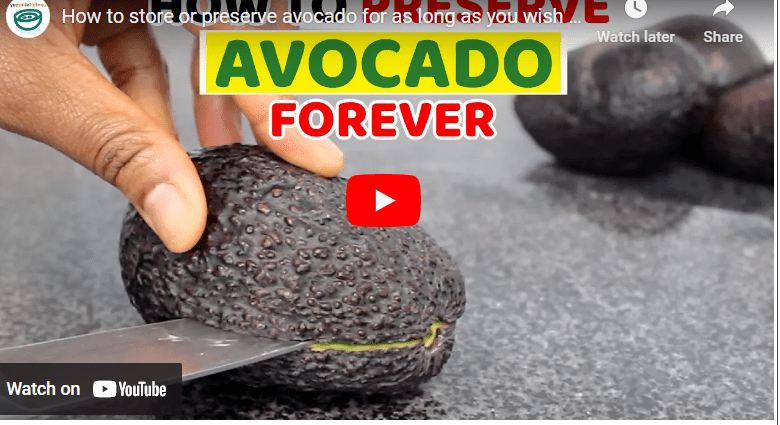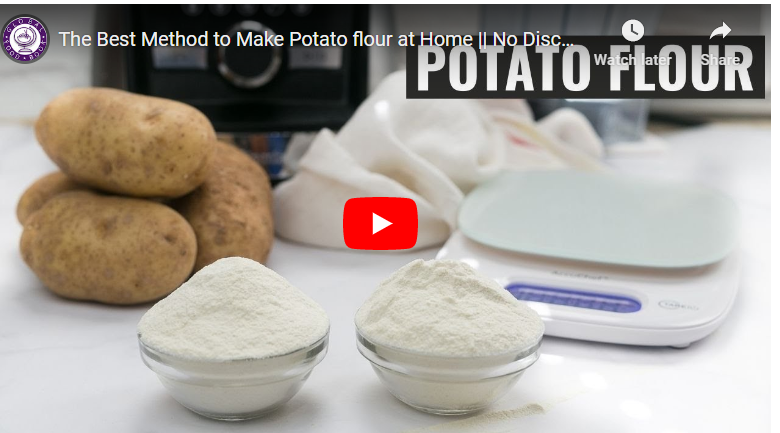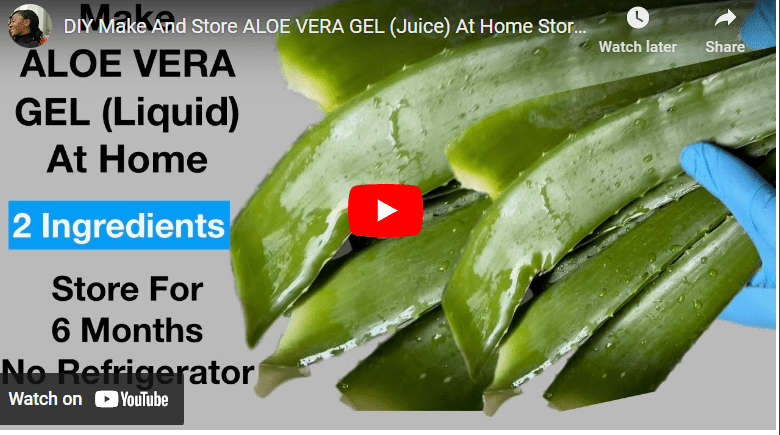If you’re interested in raising snails in the United States, one crucial aspect to consider is their diet. Snails require a well-formulated feed to ensure optimal growth and development. Formulating feed for snails can seem daunting, but with the right knowledge and tools, it can be a straightforward process.
Formulating feed for snails in the United States requires an understanding of the dietary needs of snails, as well as an understanding of regulations regarding the sale and production of animal feed. Snails are omnivorous, meaning their diet consists of both animal and plant material.
In the wild, snails will eat a variety of things including algae, fungi, and decaying organic matter. A commercial feed for snails should be formulated to provide a balanced diet, and should include a mix of plant material, animal protein, and minerals.
The feed should also be free of any contaminants, such as metals or pesticides, and should be kept in an area that is free from pests and other disease–causing organisms. Finally, the feed must be approved by the USDA and should meet any other applicable regulations in the state in which it is being sold.
This guide provides an overview of the process to formulate feed for snails in the US, including the importance of understanding the dietary needs of snails, the types of ingredients to use in the feed, and the importance of ingredient safety.
With careful attention to detail and a bit of experimentation, you can formulate a nutritious and cost-effective feed for your snails that will help them thrive.
How To Formulate Feed For Snail In US Step By Step Guide
Formulating feed for snails in the US can be a tricky process. It is important to understand the dietary needs of snails and how to meet those needs.
Therefore, we took to the task to compile the comprehensive step on how you can formulate feed for snail in US.
Read Also: [Beginners Guide] How To Formulate Feed For Snail In Ghana
Step 1. Understand their Nutritional Requirements
To formulate feed for your snails, you must first research and understand their nutritional needs. Snails require a balanced diet that includes protein, calcium, phosphorus, and other essential minerals.
The protein requirement of snails varies depending on their species and growth stage. You must determine the optimal protein to calcium ratio to ensure healthy growth.
Good sources of protein include soybean meal, fishmeal, or earthworm meal. Calcium sources such as limestone, eggshells, or oyster shells are also essential.
Read Also: [Beginners Guide] How To Formulate Feed For Snail In Nigeria
Step 2. Source High-Quality Ingredients
After determining the nutritional needs of your snails, you need to source high-quality ingredients. The content of snail feed in the US varies depending on the type of snail being raised and its developmental stage.
However, snails require a balanced diet that includes protein, calcium, phosphorus, and other essential minerals.
Read Also: [Beginners Guide] How To Formulate Feed For Snail
Protein is an essential nutrient for snails as it plays a vital role in tissue growth and repair. Good sources of protein for snail feed include soybean meal, fishmeal, earthworm meal, and dried blood meal. The protein content in snail feed typically ranges from 18% to 30%, depending on the species and growth stage of the snail.
Read Also: [Beginners Guide] How To Formulate Poultry Feed In Kenya
Calcium is another critical nutrient that is necessary for the growth and maintenance of a snail’s shell. The ideal calcium source in snail feed includes ground limestone, eggshells, or oyster shells. Calcium content in snail feed can range from 2% to 8%, depending on the species and developmental stage of the snail.
Phosphorus is also an essential nutrient for snails as it aids in bone and tissue development. Phosphorus sources in snail feed include bone meal and fishmeal. The phosphorus content in snail feed typically ranges from 1% to 3%.
Read Also: [Beginners Guide] How To Formulate Feed For Snail South Africa
Apart from protein, calcium, and phosphorus, snails require other essential minerals such as magnesium, potassium, and sodium. These minerals can be obtained from vegetable sources like beetroot pulp, carrot pulp, and cabbage.
Step 3. Calculate the Proportions
To create the optimal feed for your snails, you need to calculate the proportions of each ingredient.
Use a feed calculator tool to determine the correct amount of each ingredient based on the nutritional needs of your snails.
The ideal protein to calcium ratio for snails is 20:1, with five parts phosphorus. This ratio ensures optimal growth and health.
Step 4. Acquire needed Equipment
Once you have formulated the feed for your snails, it’s time to acquire the necessary equipment to mix and distribute the feed. The equipment needed will depend on the scale of your operation.
For small-scale operations, a mixing bowl and spoon can be used to manually mix the ingredients. However, for larger-scale operations, a feed mixer may be necessary to ensure consistent and thorough mixing of the ingredients.
In addition to the mixing equipment, you’ll need a container to store the feed. It’s best to use airtight containers to prevent moisture and pests from spoiling the feed.
Step 5. Mix the Ingredients
Once you have calculated the proportions of each ingredient, it’s time to mix them thoroughly.
Gather all the necessary ingredients for the feed, including protein sources, calcium sources, and other essential nutrients.
Measure out the desired amount of each ingredient using a scale or measuring cups. Make sure to measure accurately to ensure a balanced diet for your snails.
Pour the ingredients into a mixing bowl or feed mixer. If using a mixing bowl, use a spoon or mixing tool to blend the ingredients thoroughly.
Mix the ingredients until they are evenly distributed throughout the feed. For larger-scale operations, use a feed mixer to ensure consistent and thorough mixing.
Check the feed for clumps or inconsistencies. If any clumps are found, break them apart and remix the feed to ensure an even consistency.
Be sure to mix the feed thoroughly to ensure all ingredients are distributed evenly. Once mixed, store the feed in a dry and cool place away from direct sunlight.
Step 6. Test the Feed
The final step is to test the formulated feed by feeding it to your snails and observing their growth and health.
Monitor their weight gain and compare it to their expected growth rate. If necessary, adjust the formula to ensure optimal growth and health.
Remember that snails’ nutritional needs can vary based on their species and growth stage, so it may take some experimentation to find the optimal feed for your snails.
Step 7. Store the Feed
Storing the feed properly is crucial to maintain its quality and prevent spoilage. Here are some tips for storing your snail feed:
- Store the feed in a cool, dry place. Heat and humidity can cause the feed to spoil quickly.
- Use airtight containers to prevent moisture and pests from contaminating the feed.
- Keep the feed away from direct sunlight, as this can cause nutrient degradation.
- Check the feed regularly for signs of spoilage, such as mold or foul odors. If you notice any signs of spoilage, discard the feed immediately.
- Use the oldest feed first to prevent it from expiring before it’s used.
Benefits of Formulating Snail Feed in the US
#1. Cost-Effective
Formulating your own snail feed in Ghana can be cost-effective, as it allows you to source ingredients locally and reduce the cost of purchasing pre-made feed.
#2. Nutritious
By formulating your own snail feed, you have control over the ingredients, allowing you to create a nutritious diet that meets the specific requirements of your snails.
#3. Customizable
Formulating your own snail feed also allows you to customize the feed to suit the needs of your snail operation, whether it’s for large-scale commercial production or small-scale backyard farming.
#4. Control Over Ingredients:
Formulating your own snail feed in the US allows you to have control over the ingredients, ensuring that they are high-quality and meet the nutritional requirements of your snails.
Cost of Formulating Snail Feed in the US
The cost of formulating snail feed in the US will depend on several factors, including the type and quantity of ingredients used, as well as the equipment needed for mixing and storing the feed.
Likewise, in general, formulating your own snail feed can be more cost-effective than purchasing pre-made feed.
Projected Profit of Snail Feed in the US
The projected profit of snail feed in the US will depend on several factors, including the scale of the operation, the cost of production, and the demand for snail feed in the local market.
Nonetheless, with careful planning and management, snail feed production in the US can be a profitable venture.
How much is Snail Feed in the US Sold
The price of snail feed in the US will depend on several factors, including the cost of production, the availability of ingredients, and the demand for snail feed in the local market. However, on average, snail feed in the US can be sold for between $2-$6 per pound.
Best practices of Formulating Snail Feed in the US
Some best practices for formulating snail feed in the US include:
- Sourcing high-quality ingredients from reliable suppliers.
- Ensuring a balanced diet that meets the nutritional requirements of your snails.
- Using a feed mixer to ensure consistent and thorough mixing of the ingredients.
- Storing the feed in a cool, dry place in airtight containers to prevent spoilage.
Challenges Of Formulating Snail Feed in the US
Some challenges of formulating snail feed in the US may include:
- Limited availability of some ingredients.
- Strict regulations and standards for livestock feed production.
- Limited market demand for snail feed.
Where To Sell Snail Feed in the US
Some potential markets for selling snail feed in the US may include local farmers, pet stores, and livestock feed suppliers. Social media platforms and online marketplaces can also be useful for promoting and selling snail feed to a wider audience.
Snail Feed Formulation PDF
A snail feed formulation PDF can be a useful resource for snail farmers and enthusiasts who want to formulate their own snail feed.
It can provide information on the nutritional requirements of snails and recommended ingredients for a balanced and nutritious diet.
Additionally, a snail feed formulation PDF can include step-by-step instructions on how to mix and store the feed for optimal snail growth and health.
Snail Fattening Feed
Snail fattening feed refers to a specialized diet that is designed to promote rapid weight gain in snails.
This type of feed typically contains high levels of protein and other essential nutrients that are required for snail growth and development.
Snail fattening feed can be useful for snail farmers who want to produce large, healthy snails for commercial or personal use.
How to Feed a Snail in an Aquarium
Feeding a snail in an aquarium can be relatively simple. Snails in an aquarium will typically feed on algae and other organic matter that is present in the tank.
However, it is also possible to supplement their diet with specialized snail food or fresh vegetables such as cucumber or lettuce.
It is important not to overfeed snails in an aquarium, as excess food can lead to water quality issues and other problems.
Can Snails Eat Chicken Feed
While snails may eat chicken feed, it is not recommended as a primary food source for snails.
Chicken feed is typically designed for poultry and may not provide the necessary nutrients for snail growth and development.
Instead, it is recommended to use a specialized snail feed or to formulate your own snail feed using recommended ingredients.
How to Make Snail Food
To make snail food, you will need to gather ingredients that meet the nutritional requirements of snails. This may include items such as ground corn, soybean meal, fish meal, and calcium carbonate.
These ingredients can be mixed together in specific proportions to create a balanced and nutritious snail feed. It is important to use a feed mixer to ensure consistent and thorough mixing of the ingredients.
How to Feed Snail Eggs
Feeding snail eggs can be tricky, as they are delicate and can easily break. One option is to crush the eggs into a fine powder and mix them into the snail feed.
Alternatively, you can place the eggs directly into the snail habitat and allow the snails to feed on them as they hatch.
To Prepare Feed Formulation for Snail with Moringa Guide
Moringa is a nutrient-rich plant that can be included in a snail feed formulation to enhance its nutritional content.
To prepare feed formulation for snail with moringa, you will need to gather ingredients such as moringa leaves, ground corn, soybean meal, and calcium carbonate. These ingredients can be mixed together in specific proportions to create a balanced and nutritious snail feed that includes the beneficial properties of moringa.
It is important to use a feed mixer to ensure consistent and thorough mixing of the ingredients.
Conclusion
With the right ingredients, you can easily create a balanced feed for your snail in the US. With the right knowledge and resources, you can ensure your snail stays healthy and happy.



